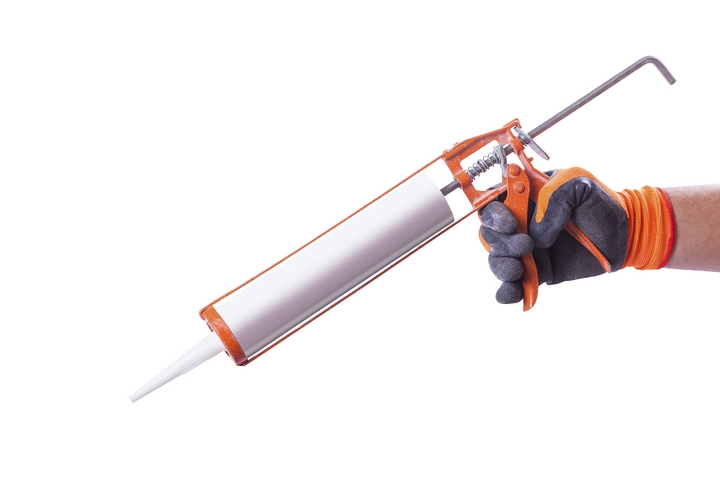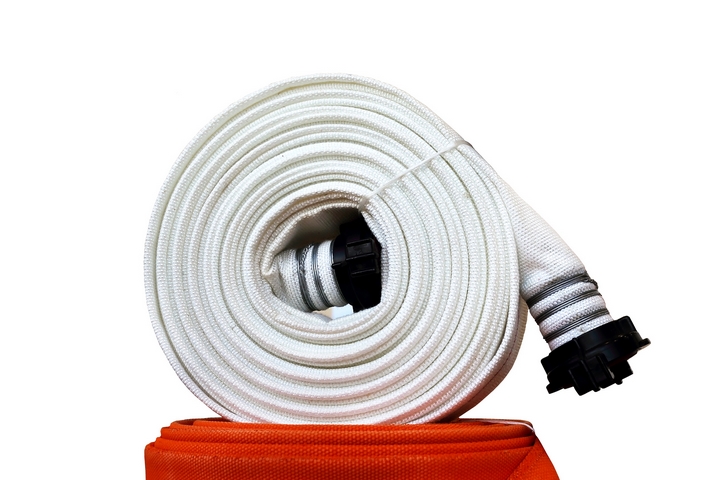5 Different Options for Heat Resistant Materials

There are a variety of heat resistant materials available on the market. From blankets to seals to tapes, anything that you can think of may just also come in a heat resistant material. Most of the time, heat resistant materials can be found inside ovens, car parts, or on the manufacturing floor of an industrial building. Heat resistant materials protect various elements from heat generated because of high temperatures. Heat resistant materials are important because they can reduce dangerous off-gassing hazards that come from wires, cables, and refrigeration.
Most heat resistant materials are used in machines, such as an oven, or industrial plant. However, others can be used at home for fire prevention, like a fire blanket. Here are some of the most heat resistant materials available:
1. Fire blankets

Probably the most known product of all, fire blankets are among the most heat resistant materials available. Fire blankets are commonly purchased by people to keep in the kitchen or take camping or sailing or by businesses and universities for laboratory use or industrial use. Fire blankets come in a variety of sizes and can be tucked away for emergency use.
Fire blankets are made of fire resistant material sheets and are designed to be draped over the fire and smother the fire. By smothering the fire, the blanket cuts of oxygen to the fire, which will eliminate the fire. Most fire blankets are made of wool with flame retardant fluid and can be easily stored away for safekeeping.
2. Heat Resistant Tapes

Heat resistant tape is used when normal tape is not available to provide the seal and coverage needed to secure a machine or area with high pressure and temperature. Heat resistant tapes are usually made in varying lengths, thicknesses, and colour, and can tolerate temperatures up to 1650° C.
Most tapes are salt water, chlorine, and perspiration resistant. There are also special heat resistant tapes you buy for specific projects like fiberglass tape, which has a thick coating of iron oxide and red silicone rubber.
3. Heat Resistant Seals

Heat resistant seals are materials that close the gap between solid sections of a machine. In closing the gap, the heat resistant seal helps the machine resist high temperatures and pressure. Most seals can resist temperatures up to 816°C.
Heat resistant seals usually come in two forms: liquid foam and cement. The liquid foam form is used to seal machine connections. The cement form is usually used to cover rough surfaces. The two forms are most commonly used due to their low shrinkage rate.
Heat resistant seals can be found in industries such as power generation, heavy equipment, automotive, oil, and steel chemical. You will see these seals being used to repair or prevent leaks in boilers, steam turbines, refrigeration lines, compressors, pressure vessels, and heat exchangers.
4. Firesleeves

Found mostly in industrial and aerospace applications, fire sleeves are used to protect cables, wires, and hydraulic and industrial hoses. Most firesleeves are made of silicone and fiberglass. The silicone and fiberglass insulate the sleeve and can resist temperatures up to 540°C. And just like fire resistant tape, firesleeves are usually resistant to water and oil.
Industrial versions of firesleeves have knitted fiberglass included in their design. Firesleeves used in the aerospace industry are made of braided fiberglass.
5. Custom heat resistant materials

As mentioned above, there are many types of fire resistant materials and items. Whether you’re looking for a blanket to keep in your kitchen or seal for your machine, you can find a fire resistant option available.
If you’re unsure of what you need, contact a fire resistant product company and find out the details of what they have in relation to what you want. Customize the type of heat resistant materials you need.


